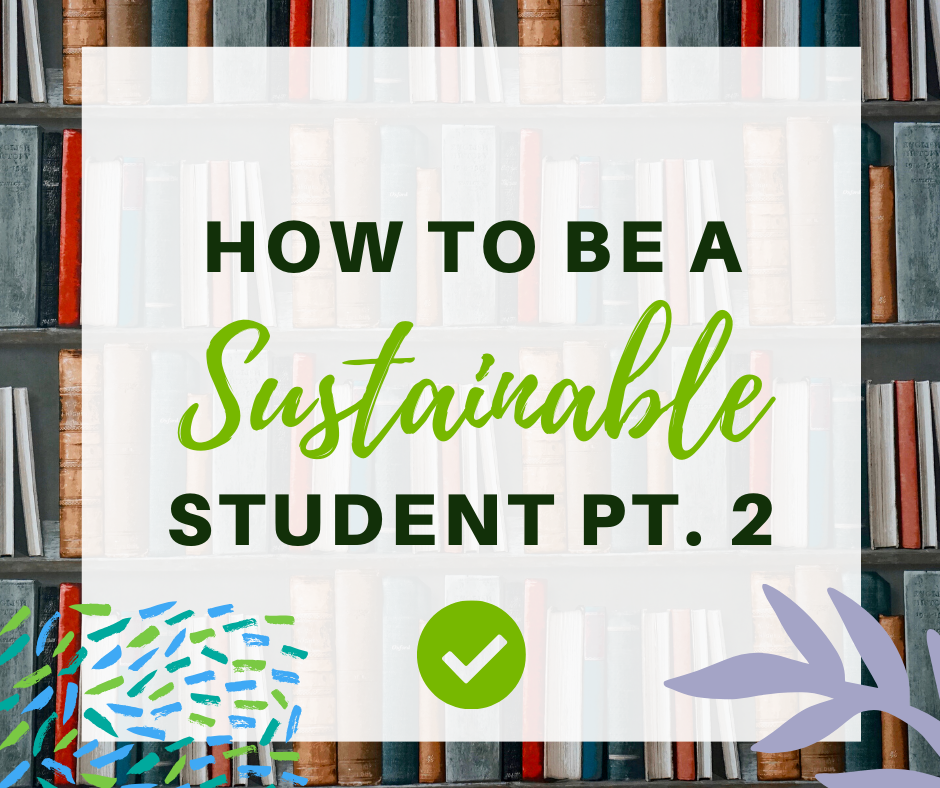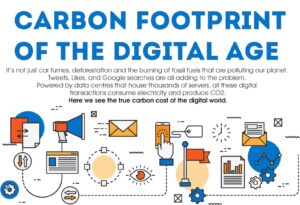- Reuse What You Already Own
This is pretty self-explanatory but it’s very important to use what you already have. Always check or look for items or supplies you already own at home, because this reduces waste being thrown out and reuses good conditioned materials.
Here’s some tips/examples:
-Book bags or backpacks. You don’t always have to buy a new book bag/backpack every year, or go crazy in an annual back-to-school shopping spree. Yes, it kills the fun of shopping for school supplies every year but you really don’t need anything more than what you already have. Plus, you can save money towards better/durable supplies and college if you just buy what you need not want.
If the backpack doesn’t have any holes at the bottom and can still be used to carry large textbooks and all your other school materials then reuse it until you can’t. During that time, you can save up money to invest in a more durable one so that it can last even longer. Remember, you want to avoid as much unnecessary waste as possible and reuse, think of it in the long-run. However, if you do have multiple bags in great condition, you can always use them for other purposes, like travel or give them to your siblings/donate them to those who need a school bag.
-Folders. If they aren’t torn up or falling apart, reuse these for the next year. They are important to keep everything organized! If they do have a few tears use recyclable tape or tape that is biodegradable. You could even be creative and use washi tape because they are biodegradable and made of plants (like ganpi, kozo, shrubs, ect.) But when you do purchase new ones, always be aware that they are recyclable and good for the environment. This applies to binders too.
-Pencils/pens. I’m sure many of them are lying around the house if you really looked for them, so collect as many as you can and reuse what you already own. However, if you do need to purchase more, always think about the life of all kinds of pencils and what works for you the best. Mechanical pencils are great because you don’t have to sharpen them and you can reuse it, but in the end it gets thrown away as plastic so always be conscious about where they will end up/come from.
-Lastly, journals/notebooks. If they still have plenty of paper left then of course reuse it again for the next upcoming class. Just tear out the used ones and store it away or just keep it in there and divide the pages. Then for the already used pages, you can save them for future references or reuse parts that are blank as scratch paper.
- Reef Safe Sunscreen
This is mainly for athletes but it can be for everyone. Sunscreen is key in protecting you against sunburns and skin cancer but not every sunscreen is environmentally friendly, especially for the ocean and aquatic life. So when you go out to purchase a sunscreen, look out for chemicals like octocrylene, homosalate, and octisalate. These chemicals are harmful to marine life and coral reefs, but since there’s always new research on what is safe and not anymore, it’s important to be flexible and be conscious about new updates on these kinds of things everyday. So that you’ll be prepared to change and adapt to what was once-a-good-but-now-bad habits and inform others around you about these so it doesn’t impact the environment any further. Because even if some sunscreens are labeled as “reef safe,” it doesn’t always guarantee that it will be harmless to ocean ecosystems.
According to the National Park Service, “Mineral sunscreens with ‘non-nanotized’ zinc oxide or titanium dioxide (‘non-nanotized’ means the ingredients are 100 nanometers in diameter or more) appear to be safer for coral reefs than chemical ones” (Calderone, The Truth).
(Above pictures from https://www.coolibar.com)
When summer time rolls by, it’s obvious that we would want to go to the beach and have fun. So the best way to protect yourself and the environment might be to cover most of your body with UPF (ultraviolet protection factor) clothing or even just a plain old T-shirt, which can also offer excellent protection. You will still have to apply sunscreen to exposed skin, but you’ll need a lot less since you are mostly covered up by the UPF clothing. However, this only works if you aren’t going to wear a two-piece bathing suit or swim trunks, so do as much as you can to the best of your ability to help the environment.
In the end, do the best you can in protecting the environment and try to minimize as much chemicals that could go into the water. You want to slow down the impacts it creates in the waters and aquatic life but also be able to protect yourself in the sun.
Works Cited:
Calderone, Julia. “The Truth About ‘Reef Safe’ Sunscreen.” Consumer Reports, 7 Feb. 2019, www.consumerreports.org/sunscreens/the-truth-about-reef-safe-sunscreen/.
Lavendaire. “10 Ways to Reduce Waste | Zero Waste for Beginners.” YouTube, 18 Oct. 2017, https://www.youtube.com/watch?v=OagTXWfaXEo.
Studyquill. “Eco-Conscious Swaps For Students.” YouTube, 10 Feb. 2020, https://www.youtube.com/watch?v=jT43USHegEs&feature=youtu.be.
Tbhstudying. “eco-friendly tips for students.” YouTube, 8 Feb. 2020, https://www.youtube.com/watch?feature=youtu.be&v=Ql23uQza7Qo. “WHAT EXACTLY IS WASHI TAPE? (And Why Should I Jump on the Washi-Wagon?).” Paperchase, Paperchase Journal, 5 Feb. 2019, www.paperchase.com/the-journal/what-is-washi-tape-and-how-to-use-washi-tape/.


